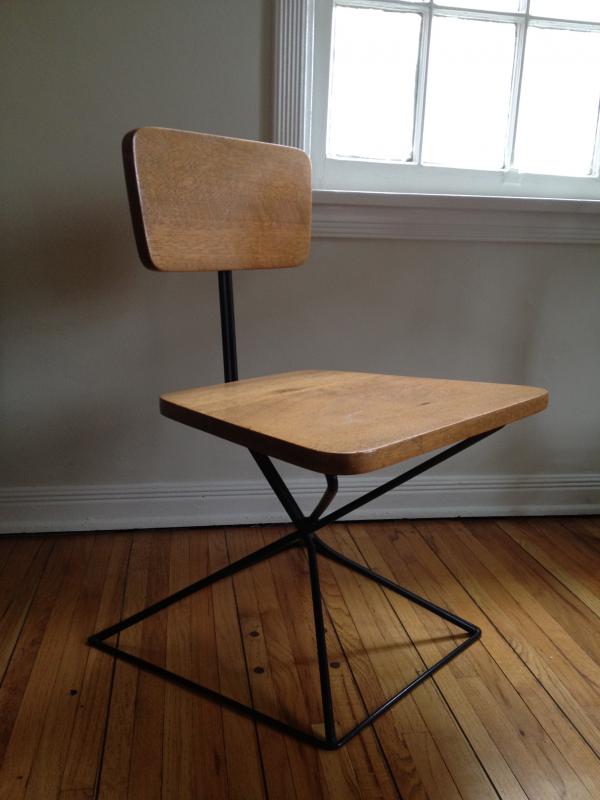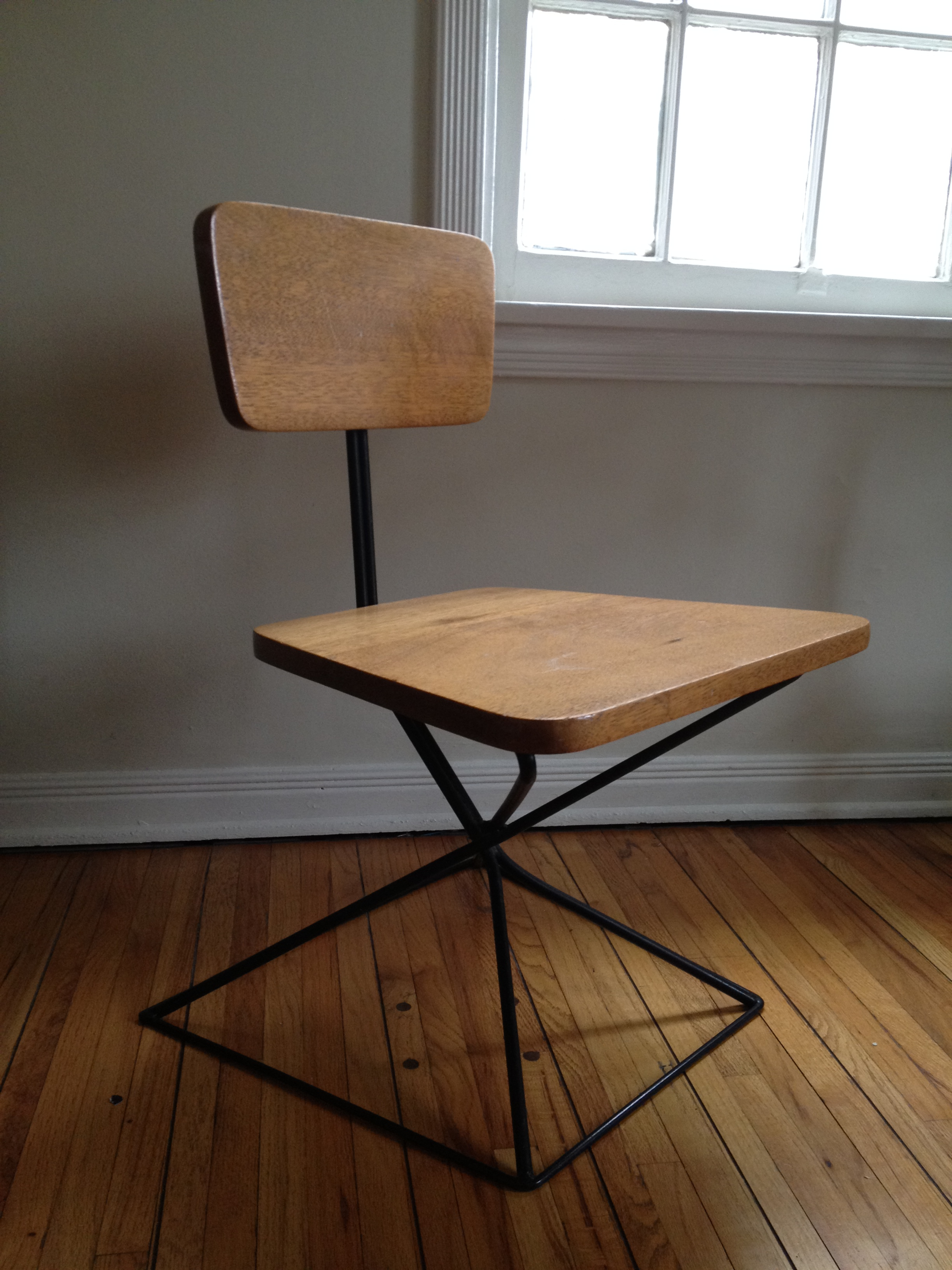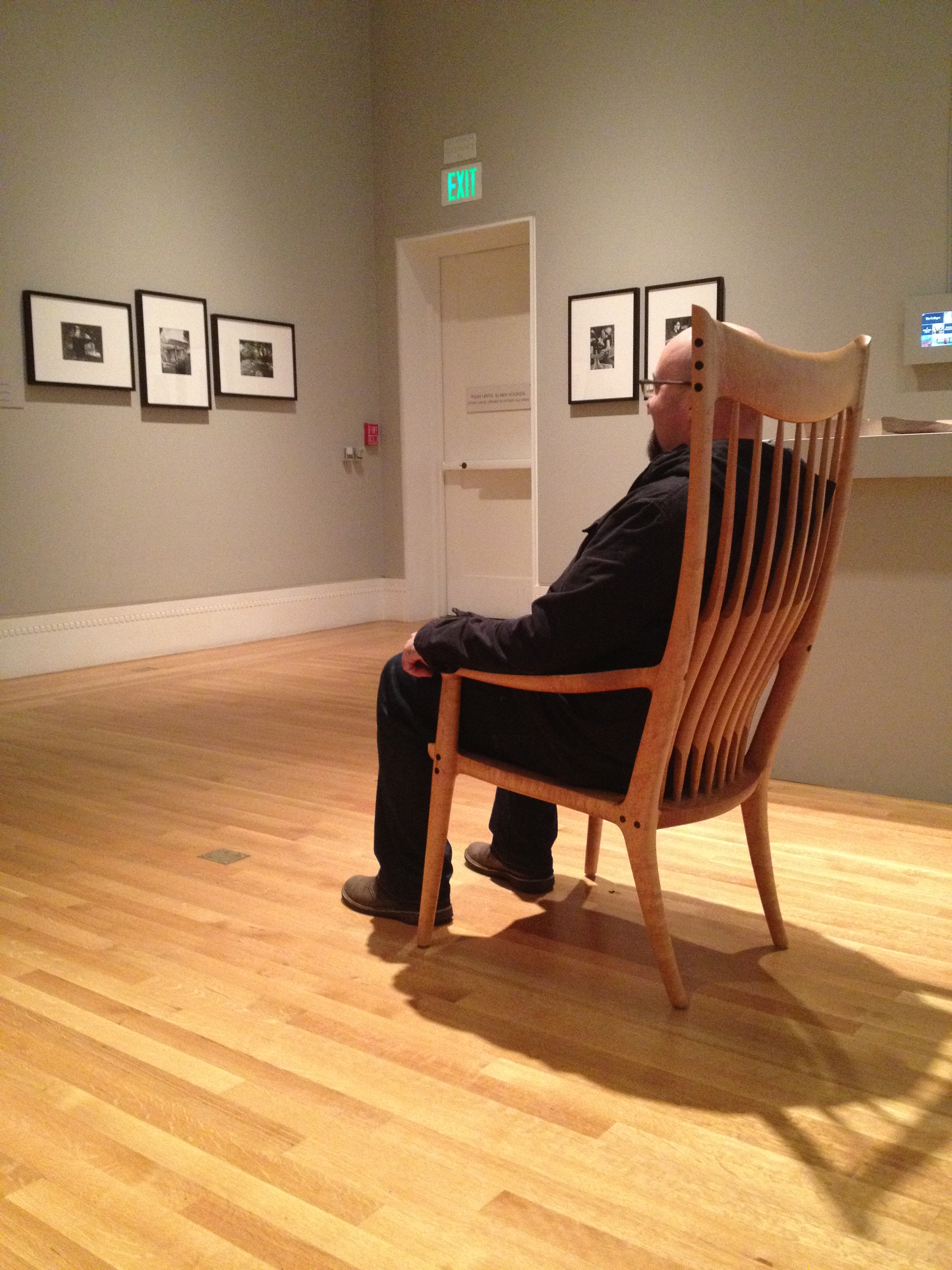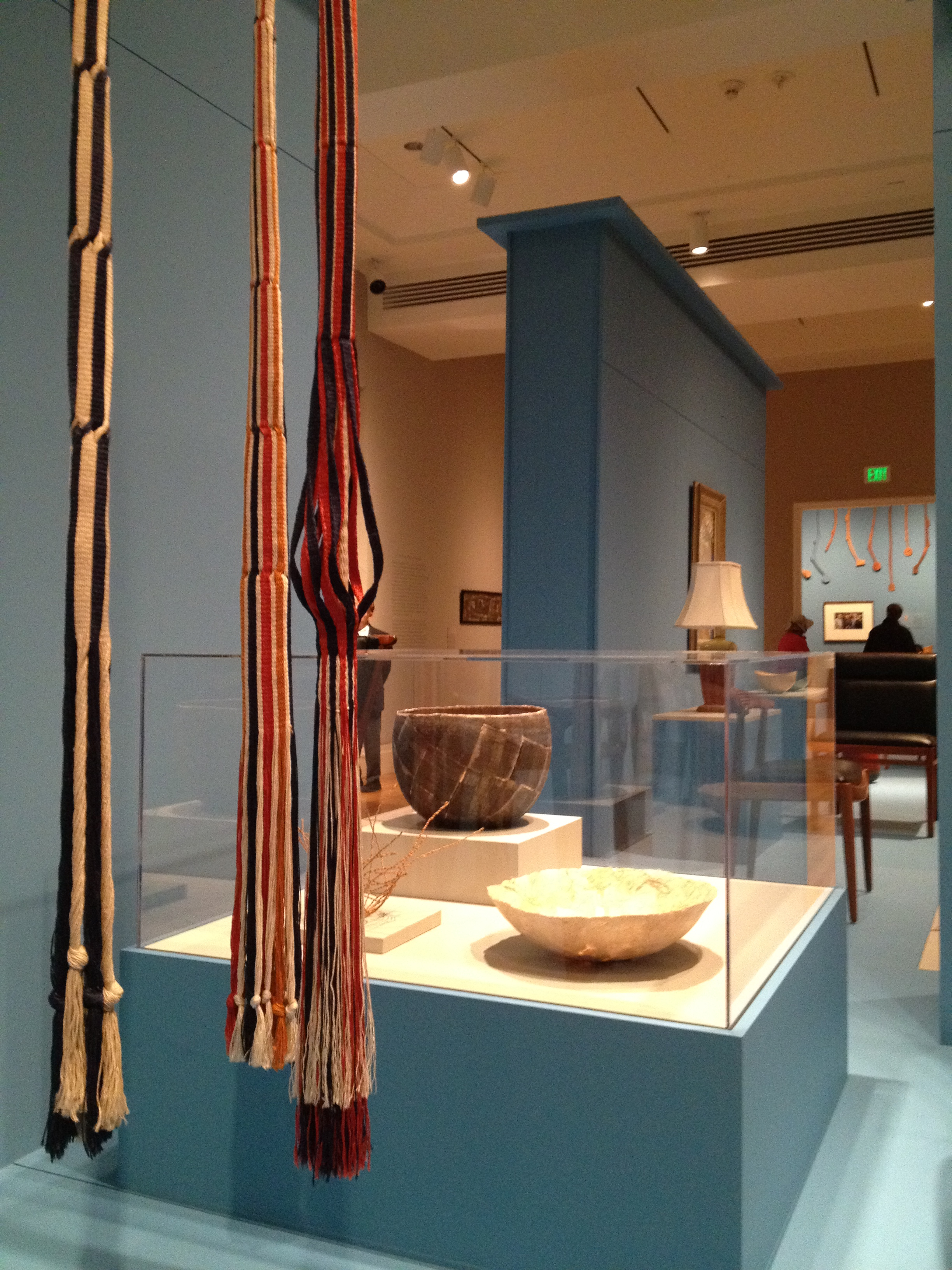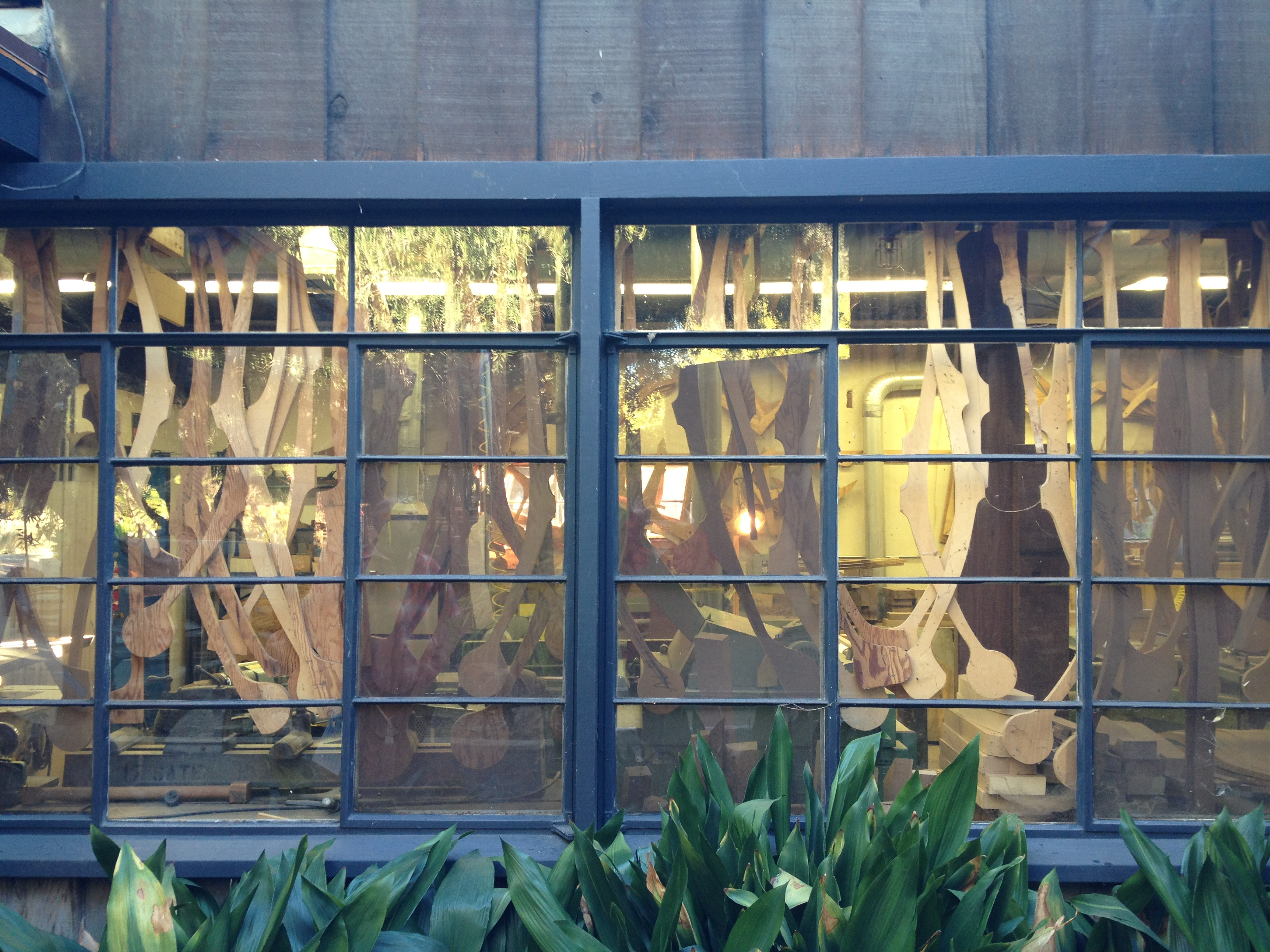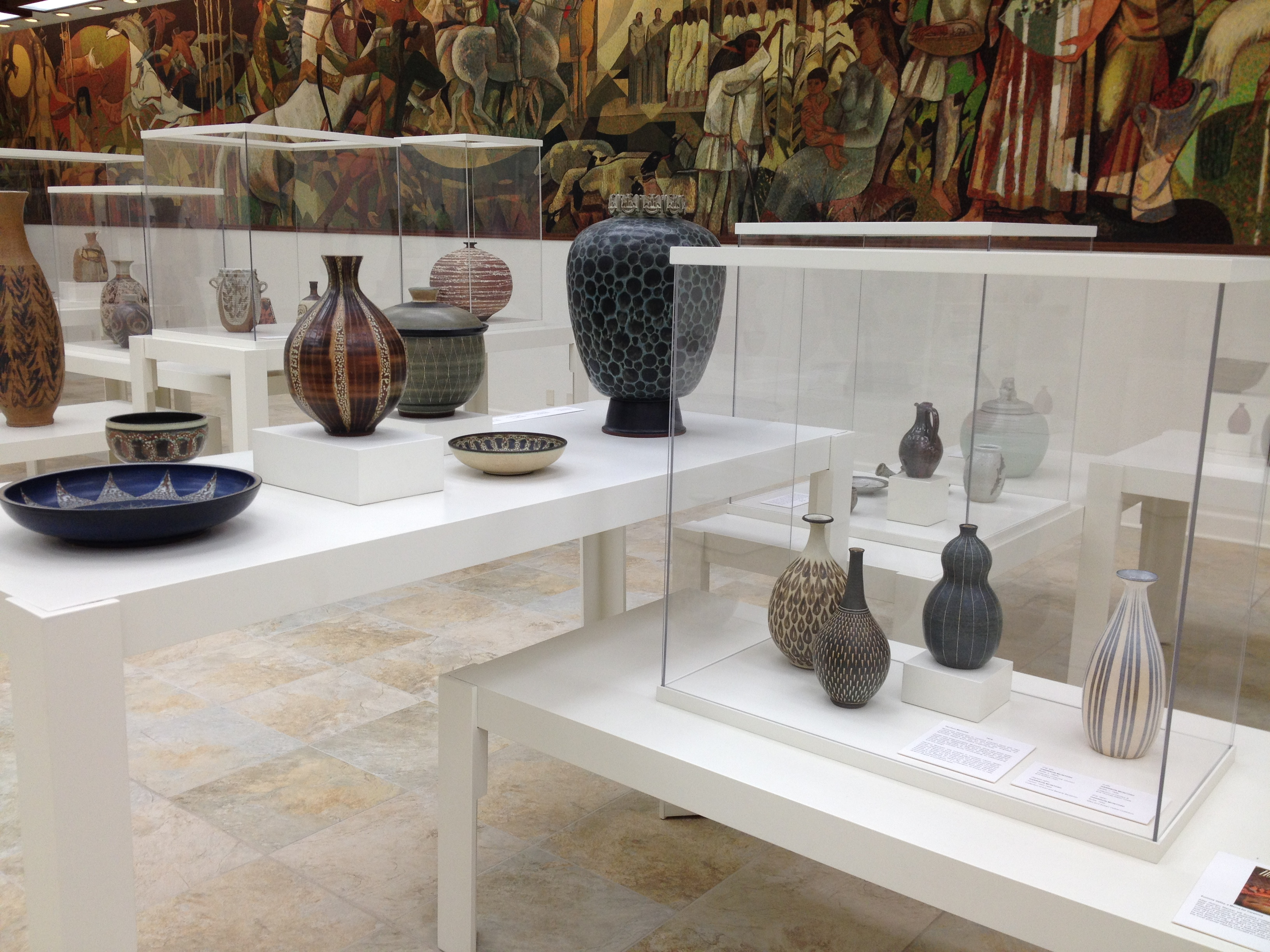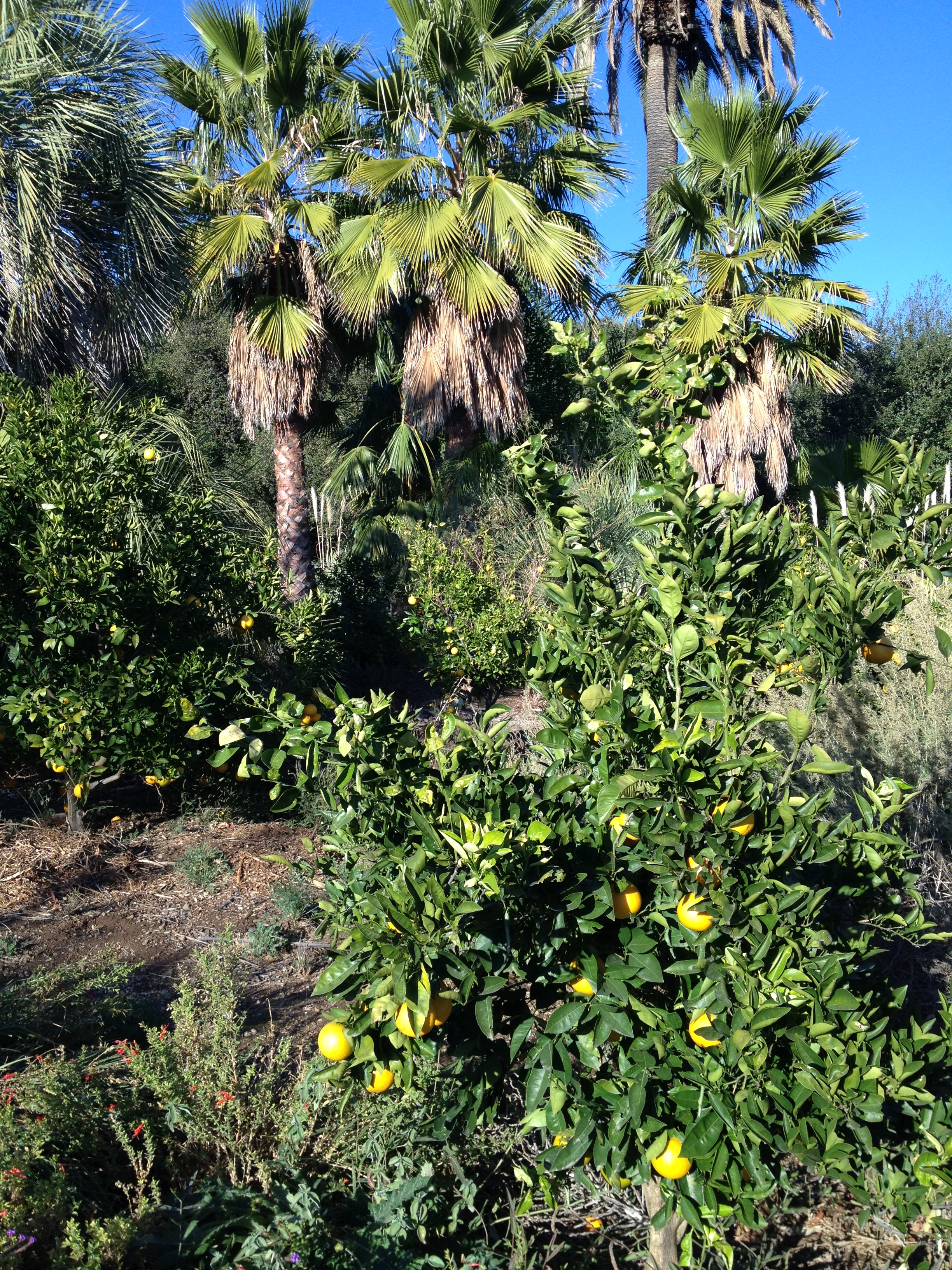What is it about chairs? I once drove past a garage sale in San Francisco and caught a glimpse of a chair. I pulled over and begged the price down to $80. That same chair design, by Luther Conover, is in our California Design exhibition.
Last year while doing interviews for our California Design show, I asked designer John Kapel why chairs have such allure. He gave a thoroughly compelling explanation of why chairs are particularly expressive opportunities for a designer.
According to Kapel, a chair is a showpiece, one that is often positioned in a living room such that it can be appreciated from many different angles – unlike, say, a sofa, which typically sits against a wall. He also explained the complex geometry of a chair, its assortment of lines and angles that invite design innovation. And he made the point that, unlike, say, a table, a chair cradles the human body, and reflects our physicality. The Huntington has a current exhibition, The House that Sam Built, part of Pacific Standard Time, about the work of another chair master, Sam Maloof, and his midcentury cohort, centered around Claremont. In a stroke of exhibition design genius, one gallery features a Maloof chair you can actually sit in.
When we interviewed textile artist Kay Sekimachi for our own California Design show, she was sitting in a beautiful Sam Maloof rocking chair.
...Completing that circle, the show at the Huntington features some of Kay's weavings (her husband, Bob Stocksdale, was a close friend of Maloof, and his work appears in all of the PST shows discussed here).
After the Huntington, I continued on to the Sam and Alfreda Maloof Foundation to see the house that Sam did build, out in Alta Dena, and another small Pacific Standard Time exhibition, In Words and Wood. A lifelong work in progress, the house is magical - full of Maloof’s furniture, paintings by his wife (and her collection of kochina dolls from her days as an art teacher in New Mexico), more carved wooden bowls by Stocksdale, sculpture by Sekimachi, and ceramics by various Claremont friends and colleagues. I intended to spend an hour and spent three.
One thing leads to another, and for me that day, chairs led to ceramics: from Alta Dena, I went to downtown Pomona to see the American Museum of Ceramic Art in its brand-new location. They have an excellent selection of work by Harrison McIntosh amongst many others (Paul Soldner, Peter Voulkos) in the exhibition Common Ground: Ceramics in Southern California 1945-1975.
Ceramic work by Harrison McIntosh with a mural by Millard Sheets in the background at the American Museum of Ceramic Art in Pomona.
Our own show at LACMA includes work by McIntosh, who grew up in Los Angeles (in an interview we did with him, available here, he described how he and his parents commissioned a modest house from Richard Neutra in 1939, adding just enough space and light in the garage to allow Harrison a workbench where he began working with terra cotta). In a room full of notable ceramic works at the AMOCA, his sang. AMOCA is a focused museum, with deep ties to the Claremont arts and crafts scene that included McIntosh and Maloof, as well as Paul Soldner, Millard Sheets, and Rupert Deese. (If you go, I highly recommend a visit to the ceramic studios in the back to see work in progress by a new generation of ceramic artists). One of the striking things about PST, and particularly the design-related shows, is how small the midcentury SoCal design scene was. You can trace certain relationships amongst friends across shows, and see who shared studio space, taught at the same college, or frequented the same Claremont coffee shop, sharing inspiration and practical advice. Plan a route and trace your own narrative thread here.
At the Sam Maloof house, I heard tell of a visitor from Germany who came to Los Angeles for a month, just to see all of the PST shows. It’s not hard to imagine such a journey. Especially because this is what Southern California looks like in December:



